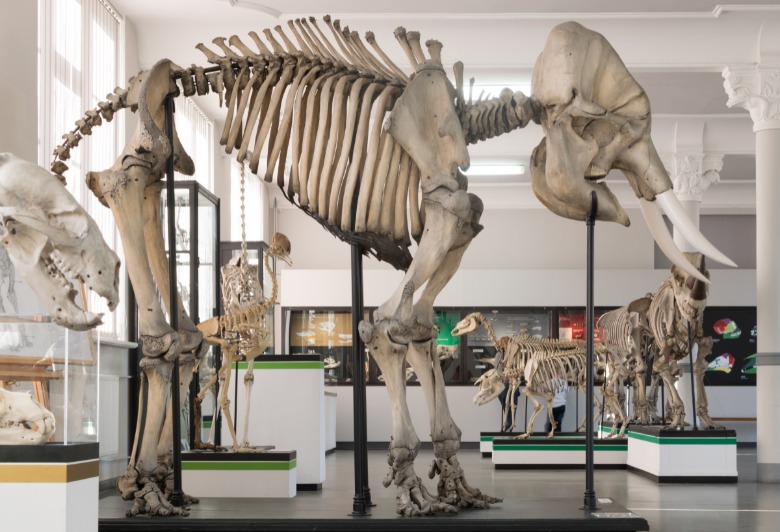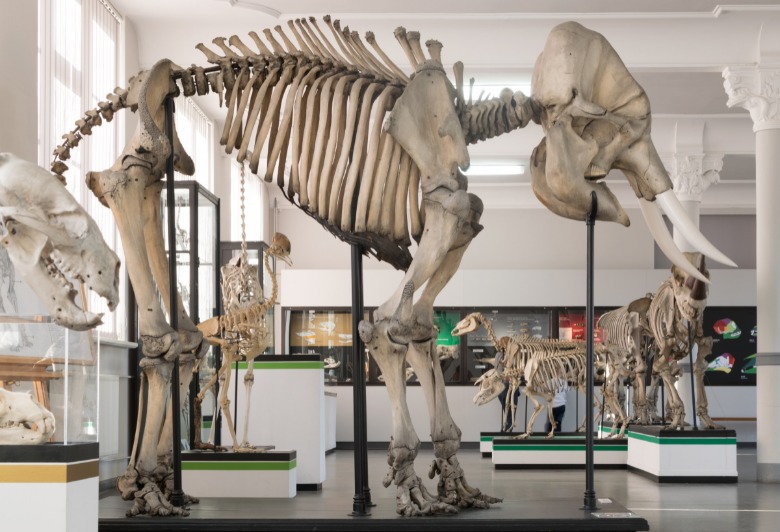Were Dinosaurs Fatter And Weirder Than We Suspect?
So you say you know what dinosaurs look like. You know all the superstars – the big, powerful, Jurassic Park monsters you learned about in the 90s. Take a look at the recently uncovered Bajadasaurus pronuspinax and you might well be thrown for a loop. This dinosaur doesn't look like any sort of dinosaur I knew as a kid. And why would I? All I knew (before Spielberg's blockbuster) was what I saw in books – and those dinosaurs looked a lot like lumpy hippos, really.
A podcast I listened to recently opened my eyes to the obviousness of the truth, when it comes to dinosaurs. All the general population knows about dinosaurs is what they've been told, what they've seen in picture books as kids, and what big screen movies have shown them. The lumps I knew as a kid changed drastically really only once Jurassic Park came about – then things got moving! Much like the scene in the film where our heroes first see a brachiosaurus on Isla Numblar, the public's perception of what dinosaurs were capable of changed drastically.
It wasn't because any major discovery was made on how dinosaurs moved, or how much weight they could pull around. It was all a matter of perspective. As far as we know, most dinosaurs could've been bright pink with eye flaps and fat bellies and super-thin feathers aplenty. Because most of this stuff goes away after living beings are dead for a while, we've only really got the bones left to tell the story – in most cases.
Dinosaurs might've looked far more far-out than we assume today. Imagine, as suggested in the 99% Invisible podcast (and blog post) linked below, that we see the skeleton of an elephant for the first time. If we've never seen an elephant before, there's little chance we'd be able to imagine the most unique feature of the animal – the trunk!
This week a dinosaur was the subject of a research paper called "A new long-spined dinosaur from Patagonia sheds light on sauropod defense system." This dinosaur throws me for a loop – and I'm guessing seeing it will throw a curve ball at your preconceived notions of what a dinosaur looks like, too.
Look at this thing! According to the researchers on this project, far shorter spines like these have been found before on other dinosaurs in the dicraeosaurid taxa. But here, they're gigantic. "Here we describe a new dicraeosaurid sauropod, Bajadasaurus pronuspinax gen. et sp. nov., from Patagonia which preserves the most complete skull of the group and has extremely elongate bifid cervical neural spines that point permanently forward, irrespective of the neck position.
Here we have proof that as far as the relatively tame position current imagery most dinosaur illustrations take, we have no idea what went on back then. Things could've looked far, far more intense than we'll allow ourselves to draw or envision.
I recommend you take a listen to the 99% Invisible podcast episode "Welcome to Jurassic Art" narrated by Emmett Fitzgerald. It's a gem, and well worth the time it takes to play.


